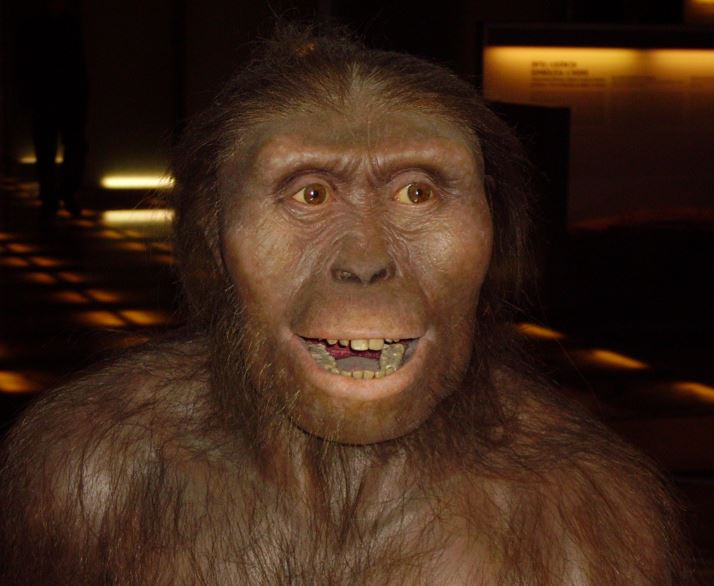Google Doodle celebrates the 41st anniversary of the discovery of Lucy the Australopithecus afarensis, an extinct hominid that existed between 3.9 and 2.9 million years ago. A hominid is a primate of a family (Hominidae) that includes today’s humans and their fossil ancestors.
Google Doodle archive explains that on 24th November, 1974 – exactly 41 years ago today – a team of scientists organized by American paleoanthropologist Donald Johanson, French geologist and paleoanthropologist Maurice Taieb, and French anthropologist Yves Coppens toasted a tremendous discovery on the southern edge of the Afar Triangle, close to a village called Hadar in Ethiopia.
They had been scouring the area for several weeks – an area Taieb had turned into a priority for anthropologists years earlier. During that morning in 1974 their search paid off big time with Dr. Johanson’s and his student Tom Gray’s find.
 Today’s Google Doodle celebrating the 41st anniversary of the discovery of one of our super-ancient ancestors – Lucy the Australopithecus afarensis. (Image: Google)
Today’s Google Doodle celebrating the 41st anniversary of the discovery of one of our super-ancient ancestors – Lucy the Australopithecus afarensis. (Image: Google)
The skeletal fragments they had unearthed in the Ethiopian landscape made up the most complete example of a Australopithecus afarensis specimen ever found.
Lucy’s name comes from a Beatles song
While the scientists celebrated, the Beatles song ‘Lucy in the Sky with Diamonds’ was blaring away in the background from a small tape recorder.
The world-famous Lucy the Australopithecus afarensis gets her name from a Lennon–McCartney song that appeared in the Beatles’ 1967 album Sgt. Pepper’s Lonely Hearts Club Band.
Google Doodles archive writes online:
“In the coming months and years, this find would upend our understanding of bipedalism, and rewrite a significant chapter in the story of human evolution. To recognize the 41st anniversary of this historic moment, Kevin Laughlin has brought Lucy and her upright gait to life on our homepage.
 A reconstruction of what Lucy probably looked like. (Image: Wikipedia)
A reconstruction of what Lucy probably looked like. (Image: Wikipedia)
Starting in 2007, the fossilized remains of Lucy and associated artifacts were exhibited publicly across the United States in several museums for a period of six years – the exhibition was called Lucy’s Legacy: The Hidden Treasures of Ethiopia.
During this period, Lucy became famous around the world. In 2013, she was returned to Ethiopia.
Video – Walking with Lucy
This California Academy of Sciences video compares Lucy with modern chimpanzees and humans, highlighting the trait of upright walking we and Lucy share.
